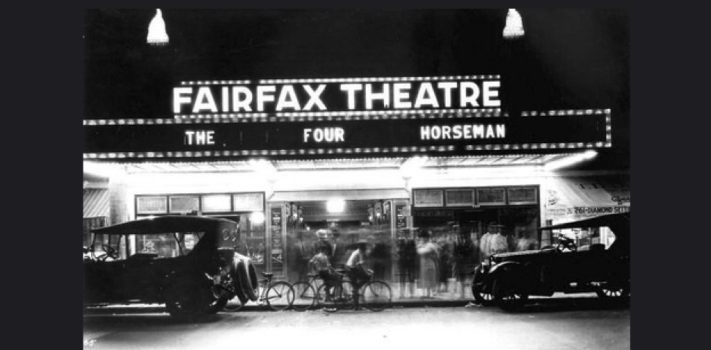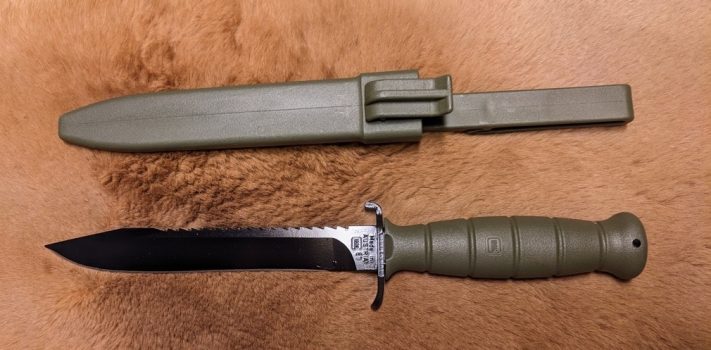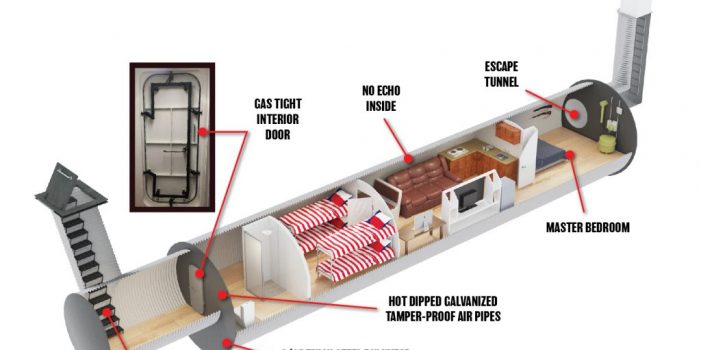To be prepared for a crisis, every Prepper must establish goals and make both long-term and short-term plans. In this column, the SurvivalBlog editors review their week’s prep activities and planned prep activities for the coming week. These range from healthcare and gear purchases to gardening, ranch improvements, bug-out bag fine-tuning, and food storage. This is something akin to our Retreat Owner Profiles, but written incrementally and in detail, throughout the year. We always welcome you to share your own successes and wisdom in your e-mailed letters. We post many of those –or excerpts thereof — in the Odds ‘n Sods Column or in the Snippets column. Let’s keep busy and be ready!
Jim Reports:
Consistently sub-freezing temperatures are now with us for the next few months, so I set up a couple of stock tank heaters this week.
I also had to make a trip back to Spokane to retrieve our snow plow from the shop. That was a costly repair, but having a plow is a must at any elevation in this corner of the American Redoubt. We got our first significant snow of the year on Thursday night and Friday morning.
I also assembled a small set of rivet shelves, out in the shop.
Otherwise, I’ve mainly been busy with writing and editing. Novel manuscripts take a lot of time and very close attention to detail. If any of you are wondering: Flag of Freedom (Volume Two of The Counter-Caliphate Chronicles) should be published in early 2025. Sorry about the delay, but the Plandemic and the concurrent health decline and then the death of my mother complicated my life for a couple of years.
Now, Lily’s report…Continue reading“Editors’ Prepping Progress”














